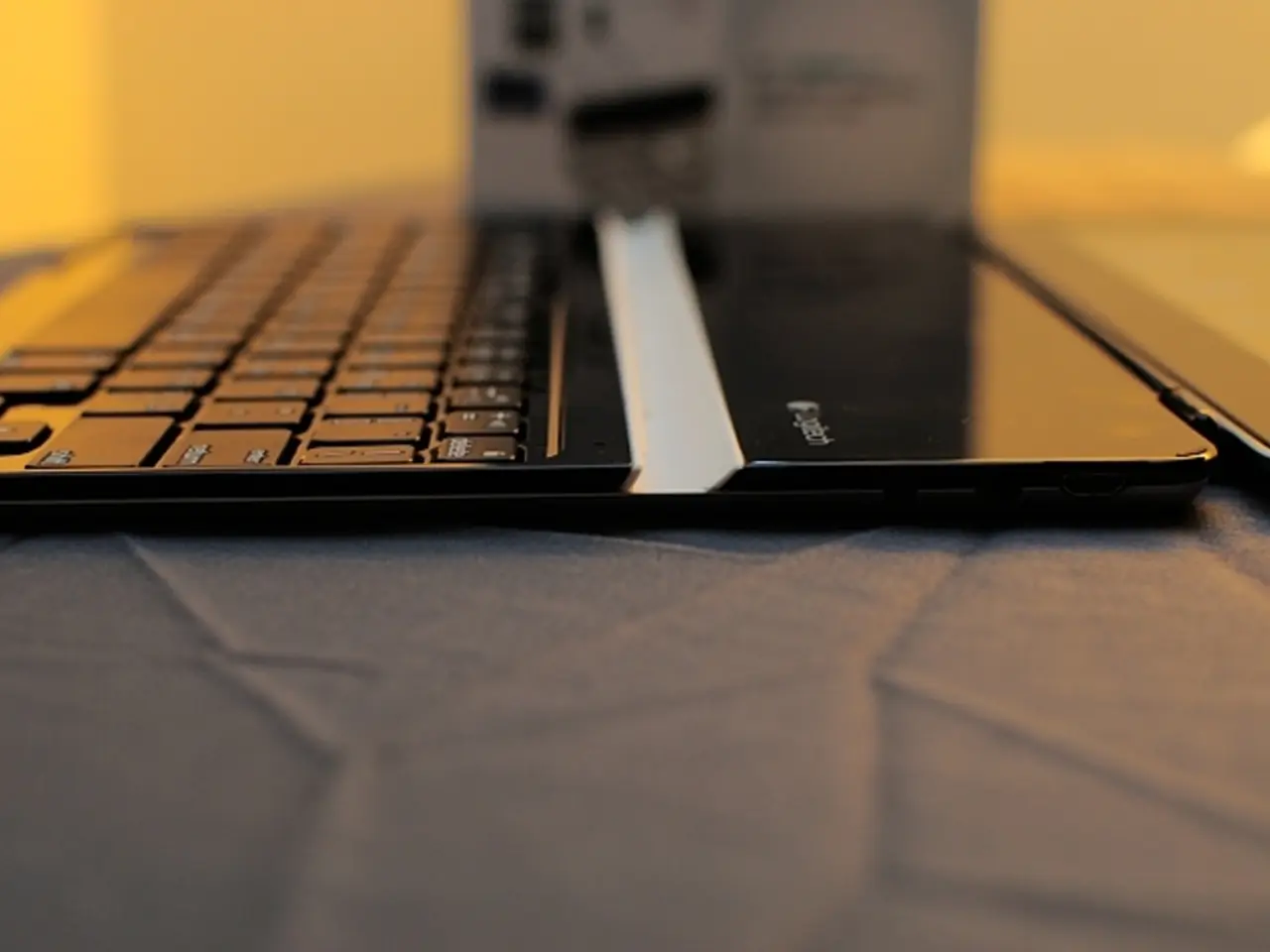Ensuring Clear Graphic Artworks: Avoiding Pixelation
In the realm of digital art and design, pixelation can be a significant hurdle in creating visually appealing and professional-looking graphics. However, by adhering to some key best practices, you can effectively minimize or eliminate pixelation in your digital creations.
**1. Work with High Resolution and Appropriate DPI/PPI**
The first step towards avoiding pixelation is to work with images that boast a high pixel density. For digital displays, aim for a high PPI (pixels per inch), while for print, at least 300 DPI (dots per inch) is recommended to ensure sharp details and avoid pixelation when enlarged.
**2. Resize Images Carefully and Keep Aspect Ratio**
When resizing images, it's crucial to maintain the original aspect ratio to prevent distortion and blurriness. Use resampling techniques when resizing, which intelligently add or remove pixels to preserve clarity rather than simply stretching or shrinking existing pixels.
**3. Use Vector Graphics for Artwork Where Possible**
For graphic artworks, especially logos and illustrations, using vector formats (e.g., SVG, AI, EPS) is an effective strategy. Since vectors scale mathematically rather than relying on pixels, they can be scaled up or down without losing quality.
**4. Prevent Pixelation at the Source**
To prevent pixelation, it's crucial to capture or create content at the highest feasible resolution and quality settings. For photography, proper lighting, lower ISO, and cameras with larger sensors can help produce clearer images with less noise.
**5. Use Specialized Software Tools**
Employ professional image editing software capable of advanced resampling and upscaling algorithms to maintain quality during editing or resizing. Batch processing tools can be useful to uniformly resize multiple images without losing quality.
**Summary**
By following these best practices, you can greatly reduce or eliminate pixelation in your digital graphics and artworks, ensuring they look crisp and professional in any context. Maintain an adequate bit depth to ensure the color richness and gradation in your graphic artworks. Excessive compression in files can lead to severe degradation, so test printing is an essential step in the design process to ensure graphic artworks look good in print.
Choose the right file format for your graphic artworks based on its specific needs and applications. To preserve the integrity of graphics, make strategic decisions about the edits you apply and always work from a duplicate of the original file. Utilize non-destructive editing techniques available in software like Adobe Photoshop, which allow you to adjust and tweak your image without altering the original pixel data.
When saving and exporting files, particularly for web use, it's crucial to balance file size and image quality. Consider the context in which the artwork will be viewed, as high-quality images might be more critical for print or detailed online viewing, whereas slightly lower quality may be acceptable for thumbnails or images viewed on mobile devices.
Avoid resizing images upwards, as enlarging an image beyond its original dimensions can result in a blurry or grainy appearance due to interpolation. To prevent pixelation, it's crucial to understand resolution basics, such as the density of pixels in an image (measured in PPI). Over-editing can lead to pixelation and degrade the overall visual quality of graphic artworks, so always opt for the minimal level of compression necessary to achieve an acceptable file size without sacrificing too much image quality.
1. Utilize advanced technology in image editing software for effective resampling and upscaling to maintain quality during editing or resizing.
2. Leverage vector graphics (such as SVG, AI, or EPS) for artwork creation as they can be scaled mathematically, ensuring clarity and avoiding pixelation.




